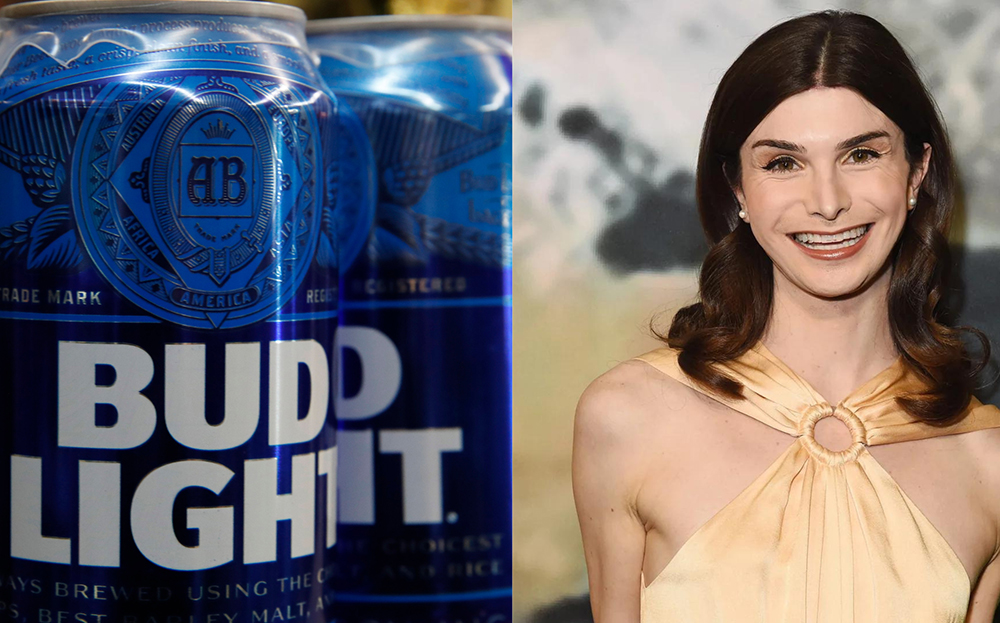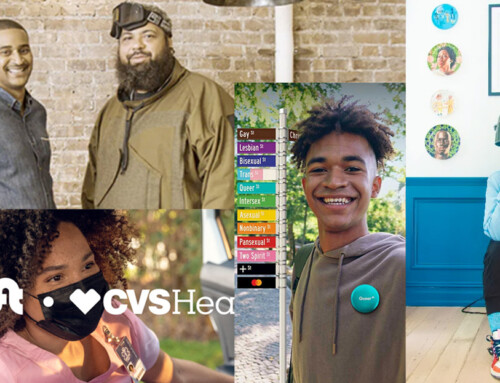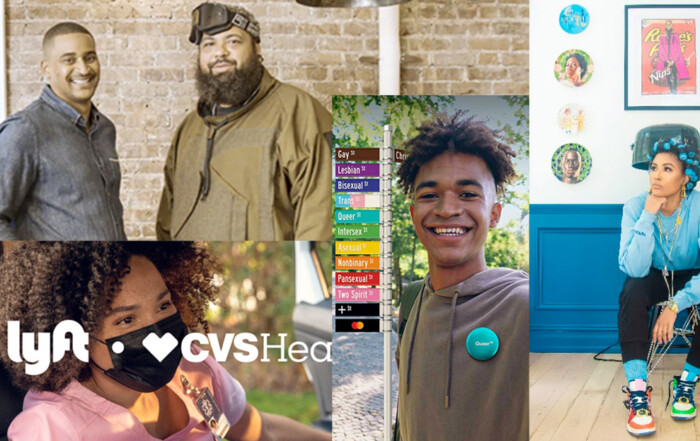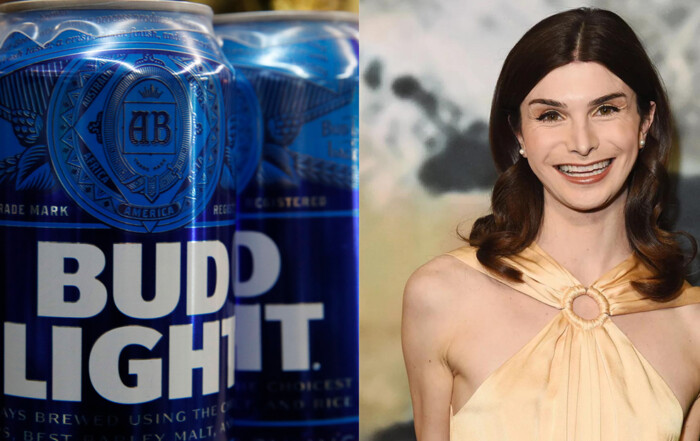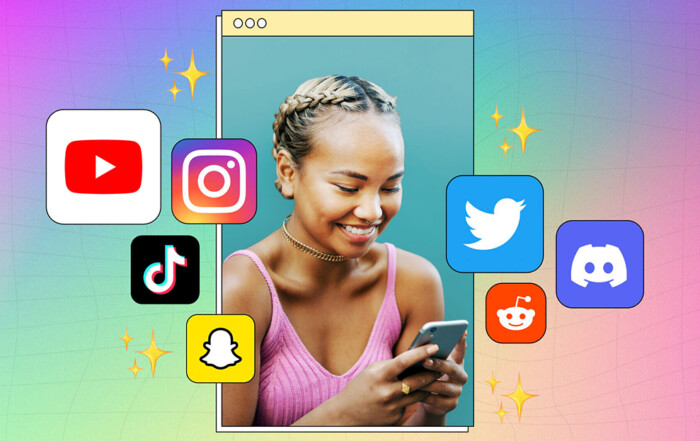The advertising world has recently been shaken by several high-profile controversies, spotlighting a critical flaw: the alarming lack of diversity within the creative teams of ad agencies. This shortfall often leads to campaigns that, while intended to be groundbreaking, end up missing the mark and offending diverse audiences.
These missteps underscore a broader issue. When ad agencies lack diverse perspectives, their messages risk being out of touch with the very audiences they seek to engage. Campaigns intended to be edgy or socially conscious can instead come across as insensitive or tone-deaf, alienating significant consumer segments.
The importance of diversity in advertising has never been more evident than in the past few years. Brands are increasingly realizing that to connect authentically with a diverse consumer base, the stories they tell must be shaped by people who genuinely understand and represent these varied experiences.
This gap in representation isn’t just a social oversight—it’s a missed business opportunity. Diverse teams bring a wealth of perspectives that can lead to more innovative and resonant advertising. As our society becomes increasingly varied, the need for inclusivity in advertising isn’t just a moral imperative; it’s a key to staying relevant and successful in a competitive marketplace.
In conclusion, the advertising industry stands at a crossroads. It must embrace inclusivity not just in its campaigns but in its very makeup. The future of effective and impactful advertising lies in its ability to reflect the rich tapestry of human experience, a goal only achievable through genuine diversity within its creative teams.

